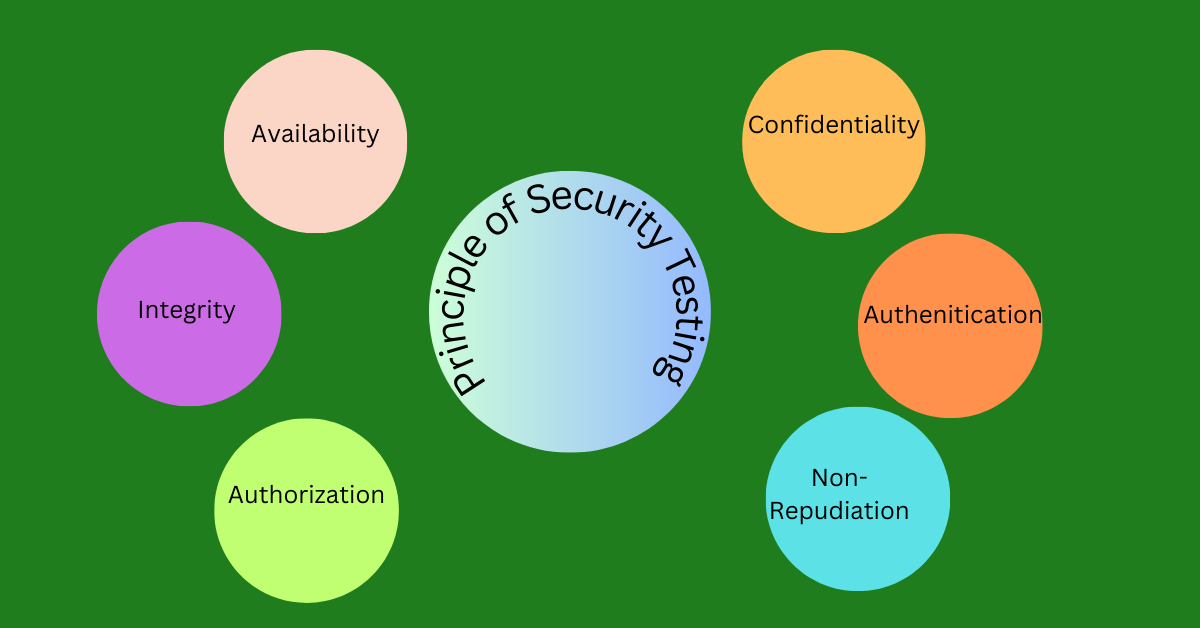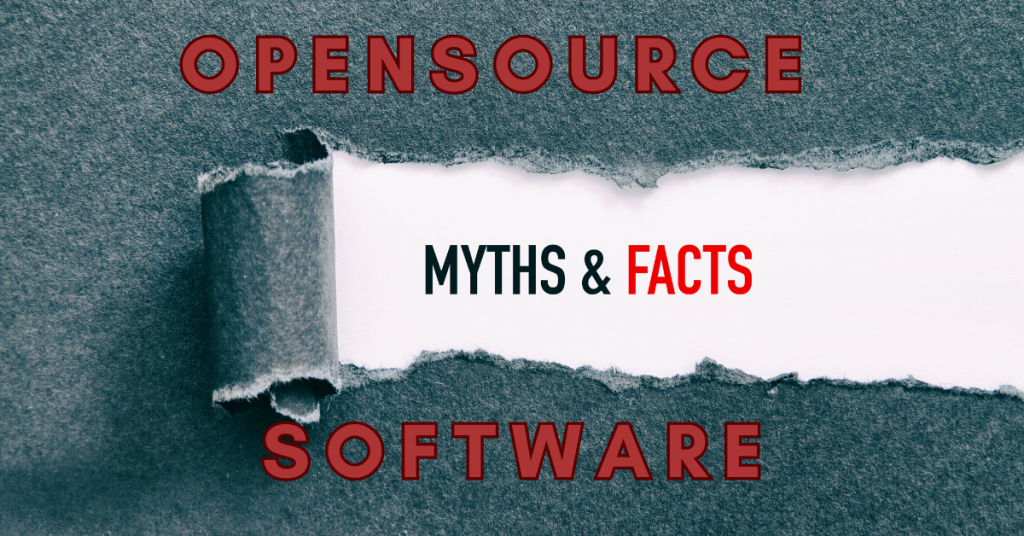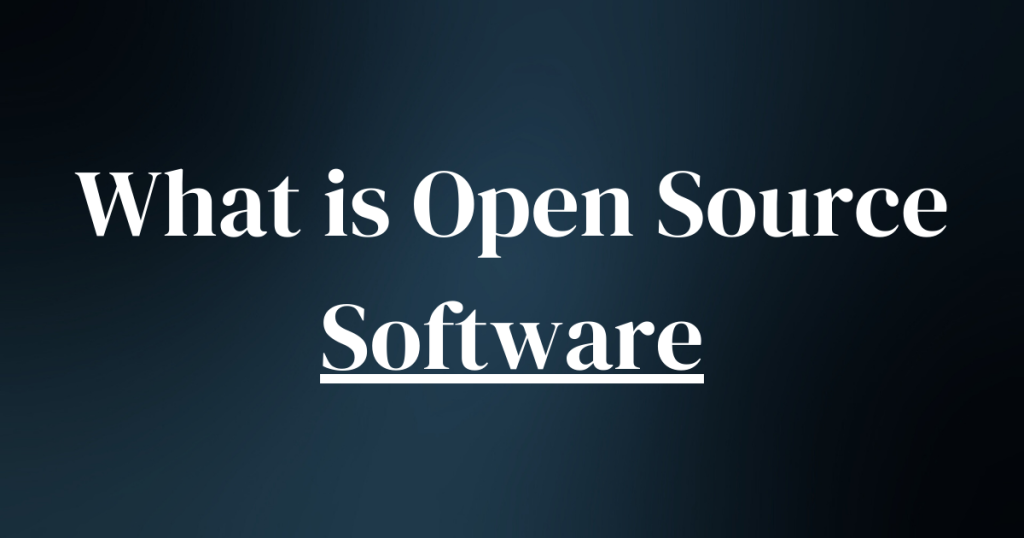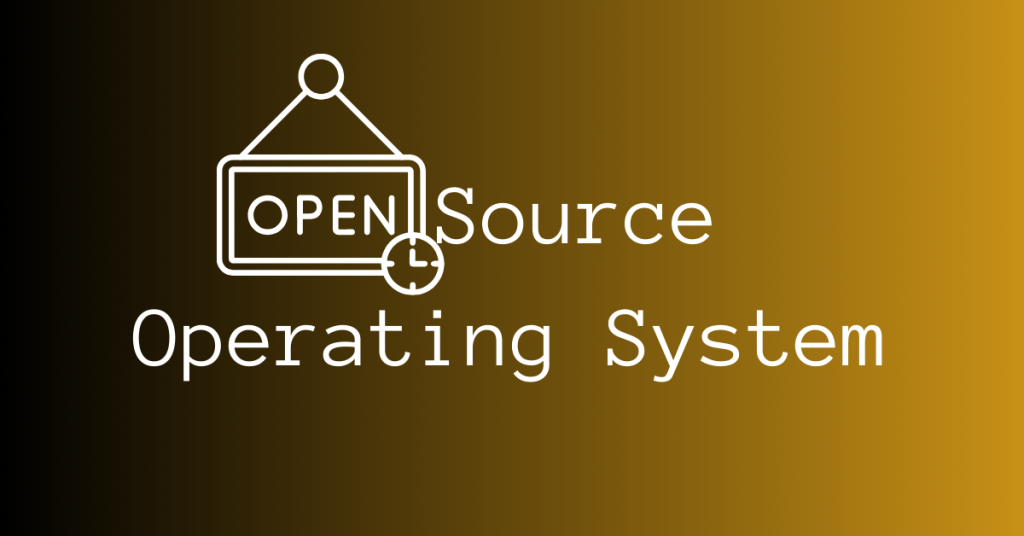Open source software (OSS) has revolutionized various industries, yet it’s often shrouded in a lot of misconceptions. These misconceptions, rooted in misunderstandings or outdated information, can hinder individual and organizational adoption, impeding the full potential of this collaborative development model. To pave the way for informed decision-making, it’s crucial to address these misconceptions head-on, examining their accuracy and highlighting the true nature of open source.
This drastic rise in the popularity of open source software could be attributed to the easy availability of its source code. This software’s license allows the users to study, edit, improvise, and share the software’s source code without any limitations.
Surveys indicated that on an average, with every passing year, the number of people purchasing and converting to open source software was greater than 15%.
Unfortunately, as the OSS expands its footprint, the misconceptions regarding its security, sustainability, and longevity continue to grow like smoke.
The open source software and way of thinking clearly makes some people apprehensive which is why they add fuel to the fire surrounding the popularity of OSS.
In this article, we will take you through the common misconceptions and alleged security vulnerabilities attached to the open source software and uncover the truth behind them.
Myth #1: Open Source Software is less secure than proprietary software
This is the biggest misconception regarding the OSS. People believe that this software’s open source code makes it liable to easy exploitation. Contrary to popular belief, this easily accessible source code is the most significant feature of Open Source Software.
Because so many developers and programmers have access to the source code, the chances of catching and addressing any virus or security issues are much higher than proprietary software.
Unlike OSS, the users of proprietary software must rely on the software vendor to find and fix any security issues or for issuing an update.
Moreover, the entire open source community has interest in finding a faster and reliable solution for any problem that may arise in the software. This fosters collaboration on community level, innovation, and peer review from knowledgeable people.
This level of interest must be acknowledged because it comes from a place of no monetary gain. Although it’s quite hard to believe, all these people who contribute to the development of OSS do not necessarily make a buck out of every solution they provide.
Last but not least, it is not the source code’s availability that increases the chances of hacking, but the access to right hacking tools that automatically detect security vulnerabilities.
Operating system Linux, HTTP server Apache, programming language Python, and CMS like WordPress are examples of high-quality and reliable open source software.
Myth #2: Open Source Software is of low-quality or buggy
This misconception is as old as the OSS itself. People believe that this software is of low quality because it is free. What they don’t know is that the word ‘free’ in this terminology refers to the freedom to use or modify the software as per one’s needs, and not in regards to the monetary cost.
Additionally, many IT professionals believe that there are hardly any experienced developers contributing to the functionality and sustainability of the open source software. Well, this is not true at all!
Many open source projects, especially those that are well-established have a proper team that works day in and out to maintain the quality and accuracy of the source code.
These people conduct various tests on the code and then review the results to maintain its integrity.
Even the open source community doesn’t believe in refuting the claim that the software is
bug-free. Like every other man-made technology, OSS can also have bugs, but the chances of catching these bugs are much higher in comparison to proprietary software.
Operating system Ubuntu, MySQL database, and application OpenOffice.org are examples of dependable open source software.
Myth #3: Open Source Software lacks support
Since there is no single vendor or party responsible for running OSS, it’s quite common for people to assume that this software lacks support and may have sustainability issues.
Earlier, when OSS had just emerged it used to rely heavily on the community and its users for support. Fortunately, as soon as open source reached its prime, third party support for the software users became a widespread idea.
Any business or individual who uses free and open source software is allowed to bring in a third party for a simple consultation or even to address an issue.
The involvement of a third party provides financial support, improves software quality, and also helps in speeding up the process of fixing any security issues that may arise in the software.
Apart from paid support services, the open source community is a great support resource. This community is made by talented and knowledgeable developers who don’t hesitate before helping a person in need.
The Apache Software Foundation provides organizational, legal, and monetary support for a variety of open source projects. Moreover, the Open Source Initiative indirectly supports open source projects by raising awareness that ultimately leads to the adoption of a project by a third party.
Myth #4: Open Source Software is not commercially viable
The main goal of a commercial business is to make money, right? And since open source software is free to use that is why it is easier to believe that it also does not help in generating revenue.
It’s worth noting that many large players and prominent organizations leverage OSS solutions :
- Amazon
- IBM
- Wikipedia
- BMW
- Virgin America
Do you think these tech giants would use software that doesn’t have a fruitful monetary outcome? The answer to this question is clear.
Open source is not just a software, it has become a way of thinking and many successful business models like Google’s Android even base more than half of their business on it.
In 2018, the most significant acquisition of an Open Source–based company occurred when IBM acquired Red Hat for $34 billion.
Another proof of OSS’s commercial viability is the acquisition of GitHub, the leading open source software development platform by the mighty Microsoft.
Providing consultation and support for open source products is another popular way of earning through the Open Source Initiative.
Last but not least, open source can prompt monetary gain by making it easier for consumers to access revenue-generating services offered by a business.
Myth #5: Open Source Software is only for developers
Fun fact: Open source software is widely used in fields that are not even remotely linked to IT, programming, or developing. These fields include music, science, art, and writing.
Open source has come up with alternatives to various famous proprietary software including GIMP for image editing, Audacity for editing audio, and LibreOffice for office productivity.
Although many commercial businesses hire developers who maintain their software, there are plenty others who choose to work with an open source service provider. This helps them in cutting down the operation costs.
Some people believe that users may face some technical barriers when they first choose to use open source software. This is only partly true because many ready-to-use and beginner friendly applications like Firefox, VLC media player, and Wikipedia are running successfully all over the world.
Benefits of using Open Source Software
- Cost effective: No hefty price tags or licensing fees here. Open-source software is often free to use, modify, and distribute. This feature makes it accessible to everyone, from individuals to large organizations.
- Collaboration & innovation: Open source projects thrive on collaboration. Developers from all over the world are allowed to contribute to the further development of the OSS. This leads to faster innovation, better software, and collaborative participation.
- Customization & flexibility: Need software that fits your specific needs like a glove? Open source lets you customize it to your heart’s content, making it incredibly versatile.
- Stability & reliability: With a large community constantly scrutinizing and improving the code, open source software is surprisingly stable and secure.
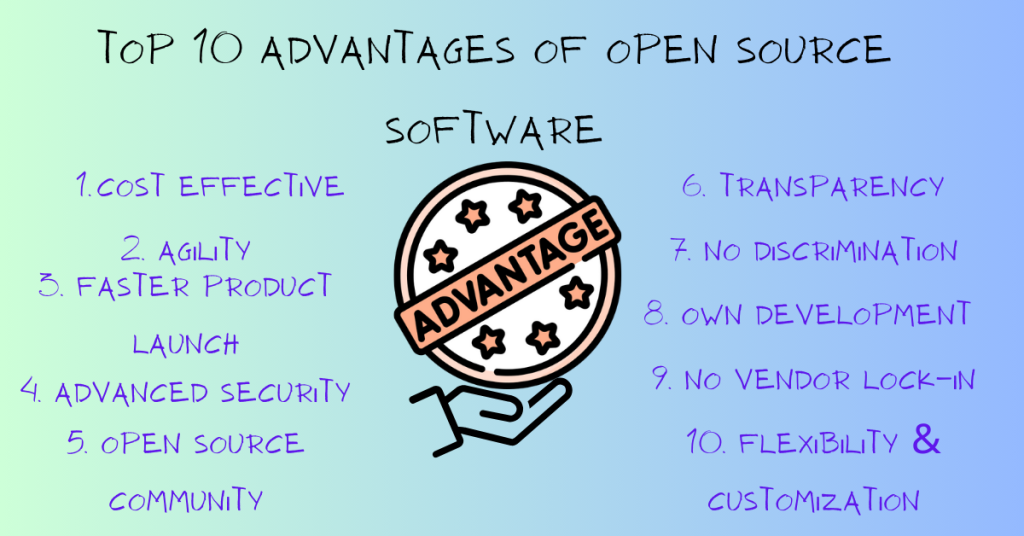
There are enormous benefits of using the open source software and with this blog dispelling the myths about open source, we hope you will not hesitate in embracing the open source technology anymore.
The impact of OSS extends far beyond niche communities. Today, it’s a driving force in the tech world and is gradually taking over other fields like science, art, and music.
There is no doubt about the fact that open source projects encourage collaboration and understanding on a community level. These projects also help in coming up with a variety of solutions for any potential problems with a software.
How to verify whether a particular OSS is bug free?
Creating bug-free software is only theoretically possible. In reality, it’s impossible to eliminate all bugs from a software such as an operating system. Even if you detect and remove all bugs at the time of creation, many new bugs can surface as the system undergoes updates over time.
Experts recommend creating a software that is not only bug-free, but one that has a robust system in place to detect and fight any potential bugs that may arise in the future.
How to verify that Open Source Software is not exploited?
Software evaluation is a critical step in the process of development. The criteria for evaluating OSS is different from proprietary software because proprietary software has very less chances of being exploited in comparison to OSS.
Following are the nine most often used evaluation criteria for OSS:

The above mentioned criteria are supplemental to the basic procedure used to evaluate a proprietary software.
How to verify that a software is secure?
A software’s security evaluation is based on a variety of factors. First and foremost, you should look into the author/developer of the software. An author’s good reputation plays a significant role in making a software more credible and trustable.
Additionally, you should always check software certificates. Software certificate i.e, Code Signing is a tool that allows to sign the code and protect it from unwanted modification.
This means that when you download a software that has undergone code signing from a reliable provider, you are made sure that the specific software has not been altered, infected, or modified since its creation.
Furthermore, do not download software from an unknown source. Never use websites that have typos in the web address or are seemingly unsecure. Do not download any application/program/update that is hiding behind links you receive from unknown people or through spam mail.
Last but not least, Windows SmartScreen Filter is a tool that automatically checks all browsed websites and programs downloaded from the internet for viruses/bugs. If it detects any suspicious activity, it displays a warning for the user.
